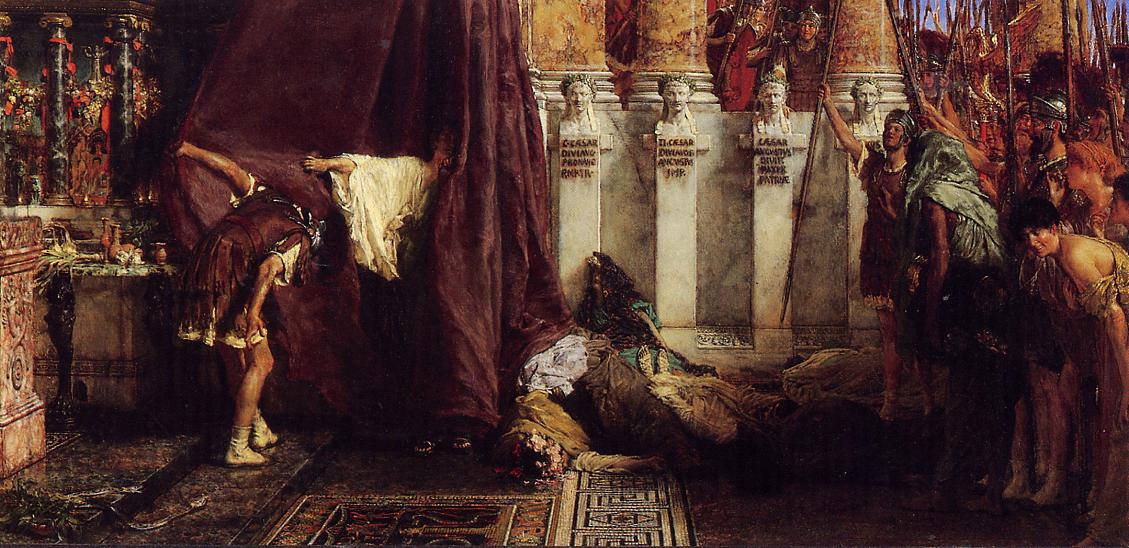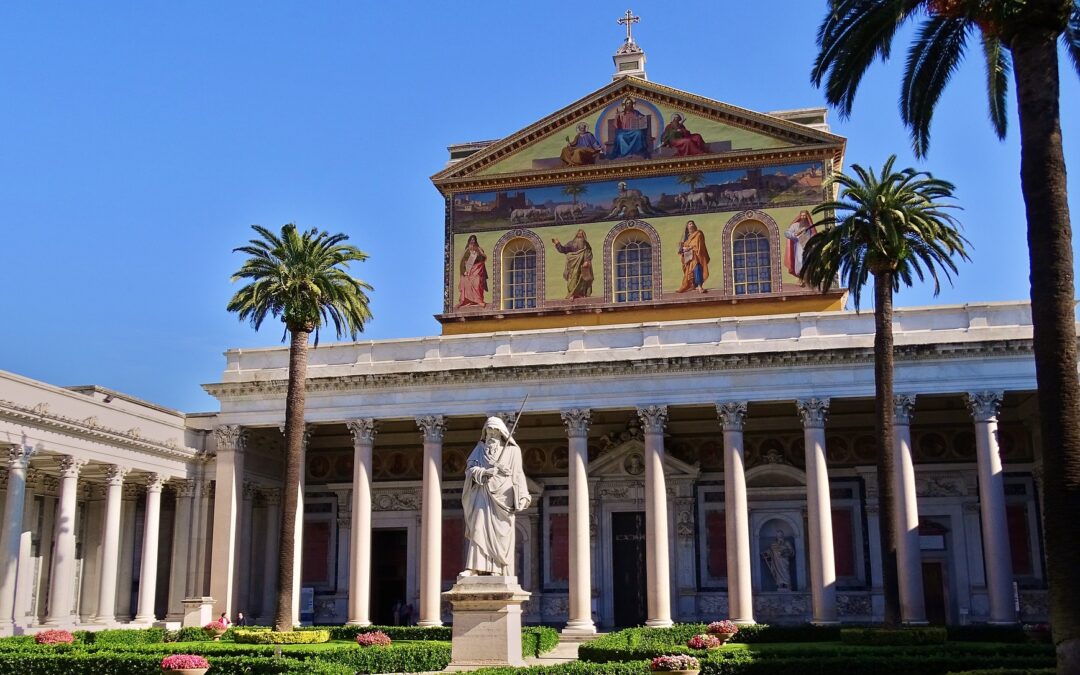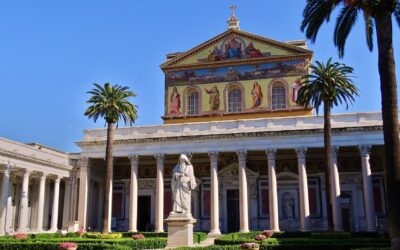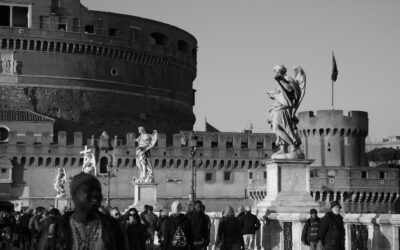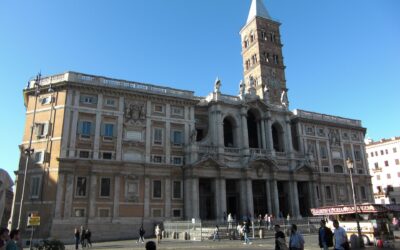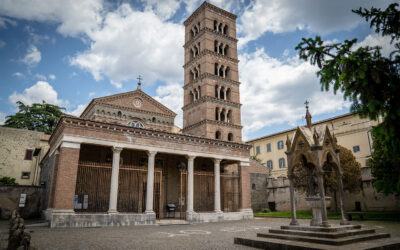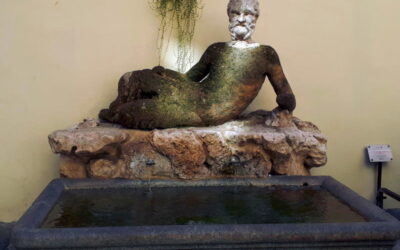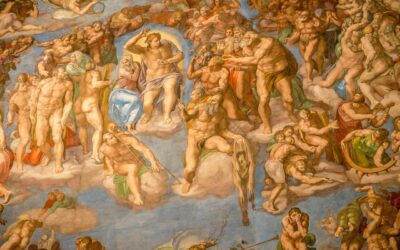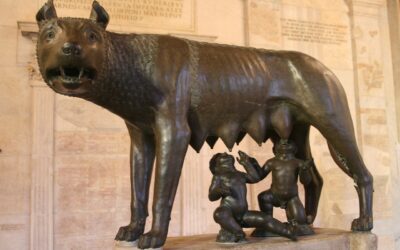Roman Saturnalia, one of the most cherished and anticipated festivals of ancient Rome, held a central place in the hearts of the Romans during the winter solstice. Lasting for seven days, from December 17th to December 23rd, Saturnalia was a time of celebration, mirth, and revelry. Rooted in honor of Saturn, the god of agriculture and time, this festivity provided a temporary escape from social norms, fostering a spirit of egalitarianism and liberating the populace from the rigors of everyday life. This article explores the rich history, captivating traditions, and jubilant festivities that characterized the Roman Saturnalia.
- Origins and Historical Significance
Saturnalia dates back to ancient Rome, originating in the 5th century BCE. It evolved from a rustic, agricultural festival honoring Saturn, the god believed to have reigned during a golden age of abundance and prosperity. The celebration was held annually during the winter solstice, signaling the rebirth of the sun and the promise of longer days ahead. Saturnalia’s significance lay in its association with the agricultural cycle and the importance of Saturn as the guardian deity of sowing and harvesting.
- Rituals and Traditions
2.1. Public Celebrations
Saturnalia began with a ceremonial sacrifice at the Temple of Saturn in the Roman Forum, where a young pig, representing fertility and prosperity, was offered to the god. This sacrifice was followed by a public banquet where the people indulged in feasting and merry-making.
2.2. Temporal Reversal
One of the most intriguing aspects of Saturnalia was the temporary inversion of social roles. Slaves were allowed to revel alongside their masters, and in some instances, they were even served by their owners. This practice emphasized the spirit of egalitarianism and the recognition of shared humanity during the festivities.
2.3. Gift-Giving
Exchanging gifts was a hallmark of Saturnalia. It was customary for Romans to offer small tokens of appreciation to their friends and family. Wax candles (cerei) and small figurines were common gifts, symbolizing the celebration’s association with light and renewal.
2.4. Gambling and Games
Gambling and games of chance were an integral part of the celebrations. Dice games, board games like “tesserae” (similar to modern-day backgammon), and other forms of entertainment filled the streets and homes, adding to the festive ambiance.
2.5. Saturnalia Banquets
Elaborate banquets marked the high point of Saturnalia celebrations. Families and friends gathered to enjoy sumptuous meals, including delicacies like honeyed sweets, roast meats, and mulsum, a wine mixture sweetened with honey and spices.
- The Spirit of Merriment
Saturnalia was characterized by an atmosphere of revelry and cheerfulness. People engaged in singing, dancing, and wearing colorful clothing to embrace the festive spirit. Lively processions, led by the elected “King of Saturnalia,” paraded through the streets, adding to the joyous spectacle.
- Influence on Later Festivals
The spirit and customs of Saturnalia found their way into various later Roman and Christian festivities. Elements like gift-giving, feasting, and the temporary suspension of social norms influenced the development of other celebrations, including the Roman New Year’s celebrations and certain aspects of Christmas traditions.
- Legacy and Decline
As Christianity spread throughout the Roman Empire, many pagan festivals, including Saturnalia, faced challenges to their continuity. In AD 354, the Christian church officially designated December 25th as the birthday of Jesus Christ, appropriating the timing of Saturnalia to celebrate Christmas.
Over time, Saturnalia’s traditions gradually merged with Christmas celebrations, leading to the incorporation of gift-giving, feasting, and festive merriment into the Christian holiday. By the end of the 4th century AD, Saturnalia had lost its distinct identity and eventually faded into obscurity.
Roman Saturnalia remains a fascinating chapter in ancient Roman history, offering insights into the culture, customs, and values of the time. It was a cherished occasion that allowed Romans to momentarily break free from societal norms, fostering a sense of unity and joy among all classes of people. Today, echoes of Saturnalia’s spirit continue to resonate in modern holiday celebrations, as the ancient festival’s legacy lives on in the traditions of gift-giving, feasting, and festive revelry that define many winter festivities.
Image courtesy https://en.wikipedia.org/wiki/it:Lawrence_Alma-Tadema

